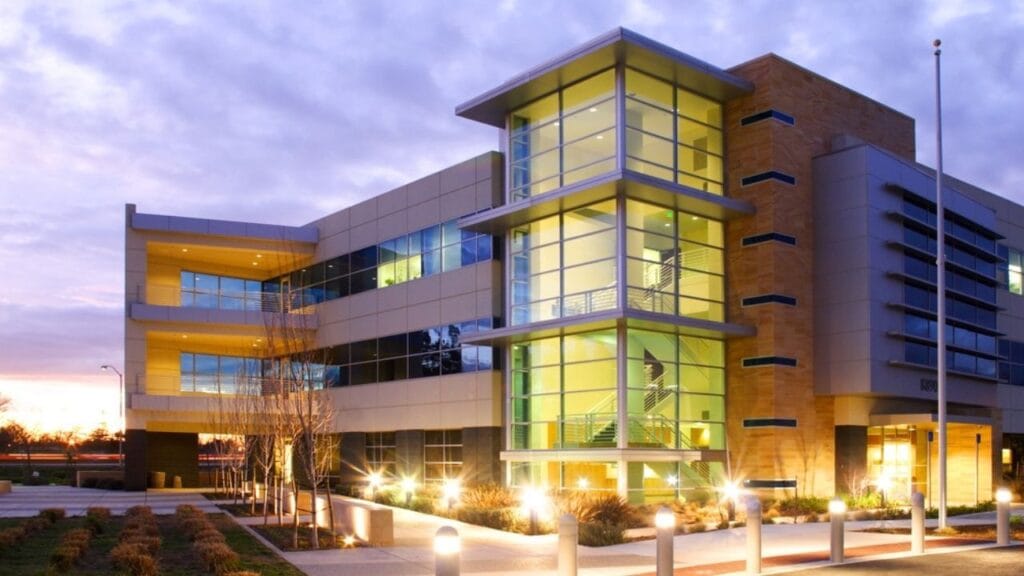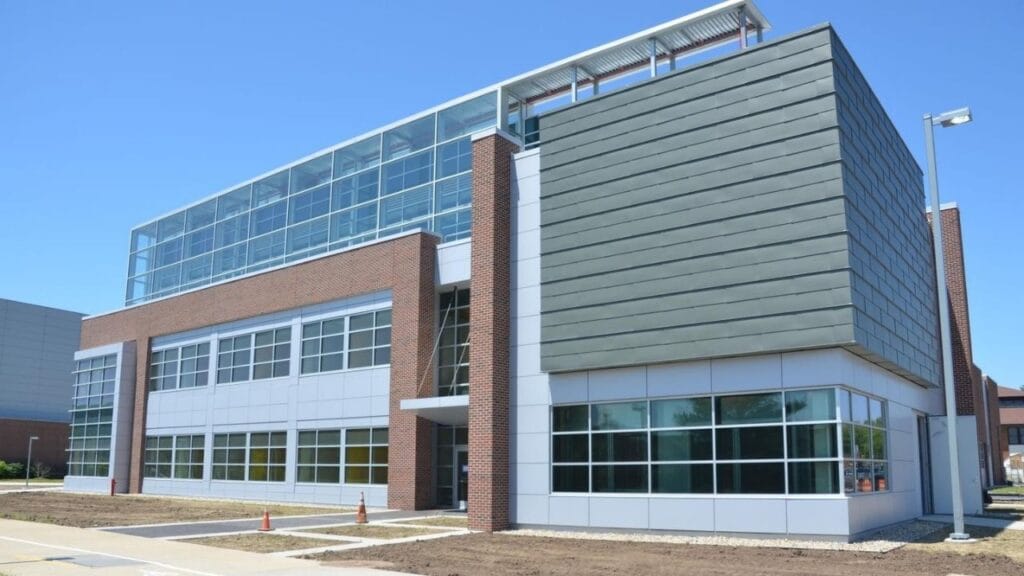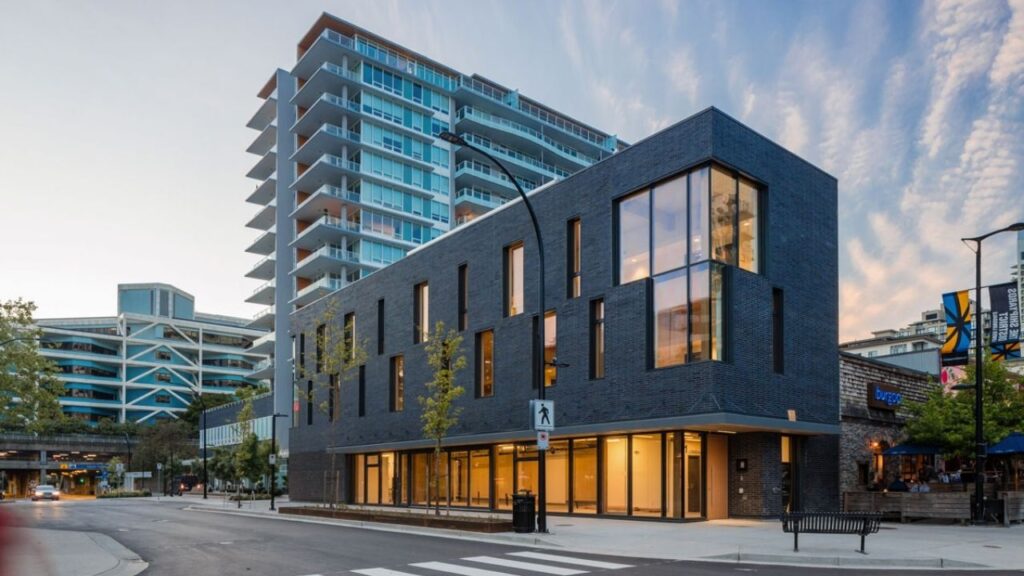How To Build A Commercial Building?
A commercial building is a significant real estate investment that can be very profitable. However, it requires an enormous investment of time and resources. Investors must confirm that it is the right move for them or their companies.
Suppose investors are sure that a commercial building is a suitable investment for their business. In that case, the next important thing is to plan appropriately to execute the project in the best possible way.
The commercial building construction sequence can be a little overwhelming, especially for first-time builders/investors. They will need to become acquainted with the commercial building construction process from start to finish.

Commercial Building Construction Types
One of the first important things builders or investors must understand is that there are six types of constructions for commercial buildings. These construction types are classified based on the construction materials and what percentage of the structure consists of those specified materials.
The goal of classifying commercial building constructions is to determine the risk of fire. It is crucial to ascertain how much damage a commercial building can sustain when exposed to fire.
Based on the factors above, commercial building construction can be assigned the following classes:
- Construction Class 1 – Frame
- Construction Class 2 – Joisted Masonry
- Construction Class 3 – Noncombustible
- Construction Class 4 – Masonry Noncombustible
- Construction Class 5 – Modified Fire Resistive
- Construction Class 6 – Fire Resistive
It does not matter whether an investor is building a small commercial building or a large one, they must know the building construction they need and budget accordingly for it.
How to Build a Commercial Building Step by Step
The best way to understand the commercial building construction process is to break it down step by step. There are six different steps involved in building a commercial property, including:
-
Planning and Development
Many experts in the industry will insist that the planning phase is the most important phase in a commercial building project. It is the first step and requires the investors to work with other important persons to determine the details of the project and plan accordingly. At the planning and development stage, investors, contractors, and other stakeholders make decisions about the location and budget. They will also need to choose architects, land developers, and general contractors at this stage. One way to make this step a little less challenging is to engage a reputable company specializing in the construction of commercial buildings. When such a company is involved in the early stages, it can bring innovations that will hasten up the entire process.

-
Designing
The designing process for commercial buildings involves presenting the project plan in a robust construction package for executing the project. The schematic designs of the project will include information about the materials and their qualities/characteristics. At the design stage, each room’s size and function will be determined. Ideally, this is done according to the building orientation in order to make it align with utility connections and development covenants. The primary goal is to ensure the project’s feasibility. Again, the project designs must meet building codes and regulations. The total project cost is also pinned down with a reasonable level of accuracy at the design stage. Contract documents will also be created and signed at this point. The design stage is also the right time to set a timeline for the project.
-
Pre-Construction
The pre-construction stage starts when the project owner notifies the general contractor to proceed with the plan. At this stage, the lists of needed materials will be sent out to vendors and commercial subcontractors for quotes. The pre-construction phase also involves obtaining the necessary building permits and meet all insurance requirements. The soil will also be tested at this point to ensure that it is well-suited for the construction. At the end of the pre-construction stage, a site investigation is conducted to minimize the chances of surprises and complications such as environmental hazards. The construction team will also be formed at this stage.
-
Procurement
The procurement stage entails securing all the items needed to complete the project. Ideally, contractors handle procurement, but it must be done in accordance with the signed contract. The general contractor can handle the entire procurement or involve subcontractors. Regardless of who is in charge of procurement, the materials must meet the quality and cost expectations of the project owner. Of course, some materials have to meet legal requirements, also. All sourced materials have to arrive at the site on time. In addition to sourcing materials, contractors and subcontractors must also move in the right equipment for the project. They can rent equipment, but it must meet the project’s requirements. The hiring of laborers and salaries must also be planned to suit the budget.
-
Construction
The construction stage is where the actual building of commercial property happens. This is the stage of transferring the project from paper to physical reality. Construction is usually preceded by a crucial meeting where site access, material storage, quality control, and work hours are determined. The construction stage is the most active in the commercial building construction process. Individual steps you can expect include groundbreaking, site excavation, concrete pouring, steel erection, framing, interior/exterior work, roofing, underground utility installation, and many more. The commercial building construction type and the design and functionality will determine the different minor processes involved in this phase. The various processes must be inspected by the project manager and an official inspector. The stage only ends when the actual construction is complete.
-
Post-Construction
Post-construction involves everything that is done between the moment construction is completed to the time the commercial building becomes occupied. Depending on the nature of the project, post-construction takes time. Ideally, post-construction starts with rigorous testing. The owner of the project, the designer, and the contractor must be satisfied with what has been done. A final walkthrough will be conducted, and a few changes may be made to get the building ready for use. The final stage of post-construction is to obtain the certificate of substantial completion. It is issued when all the requirements for the project have been met.
Important Tips For Building a Commercial Building
Investors and businesses hoping to build a commercial property must understand how to handle all the six steps discussed above. Here are essential tips that will help them succeed with such significant project/investment:
- Evaluate their options to know what is best for them
- Make the right financial projections regarding the feasibility of the project
- Get their building permits in order
- Hire the right architect/designer (reputable individual or firm)
- Hire the right contractors in time
- Be realistic about their involvement in the project
- Being ready with a contingency plan
- Get it right with financing


